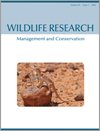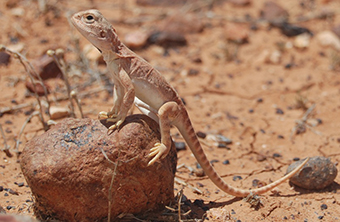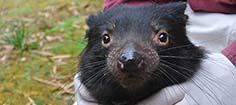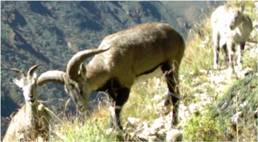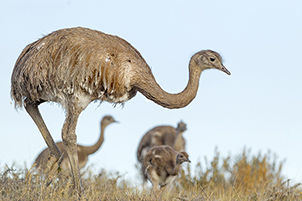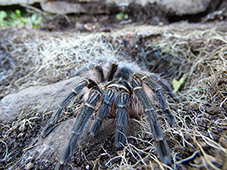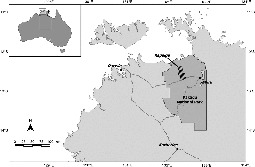WR16161Promoting human–dingo co-existence in Australia: moving towards more innovative methods of protecting livestock rather than killing dingoes (Canis dingo)
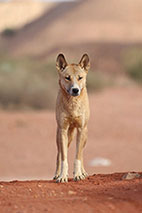
In Australia, over 200 years of lethal control has done little to resolve the conflict between dingoes (Canis dingo) and livestock producers. We argue that where lethal control has failed, producers can benefit from non-lethal approaches to protect their stock that take advantage of our ever-growing knowledge of dingo biology, ecology and behaviour.


